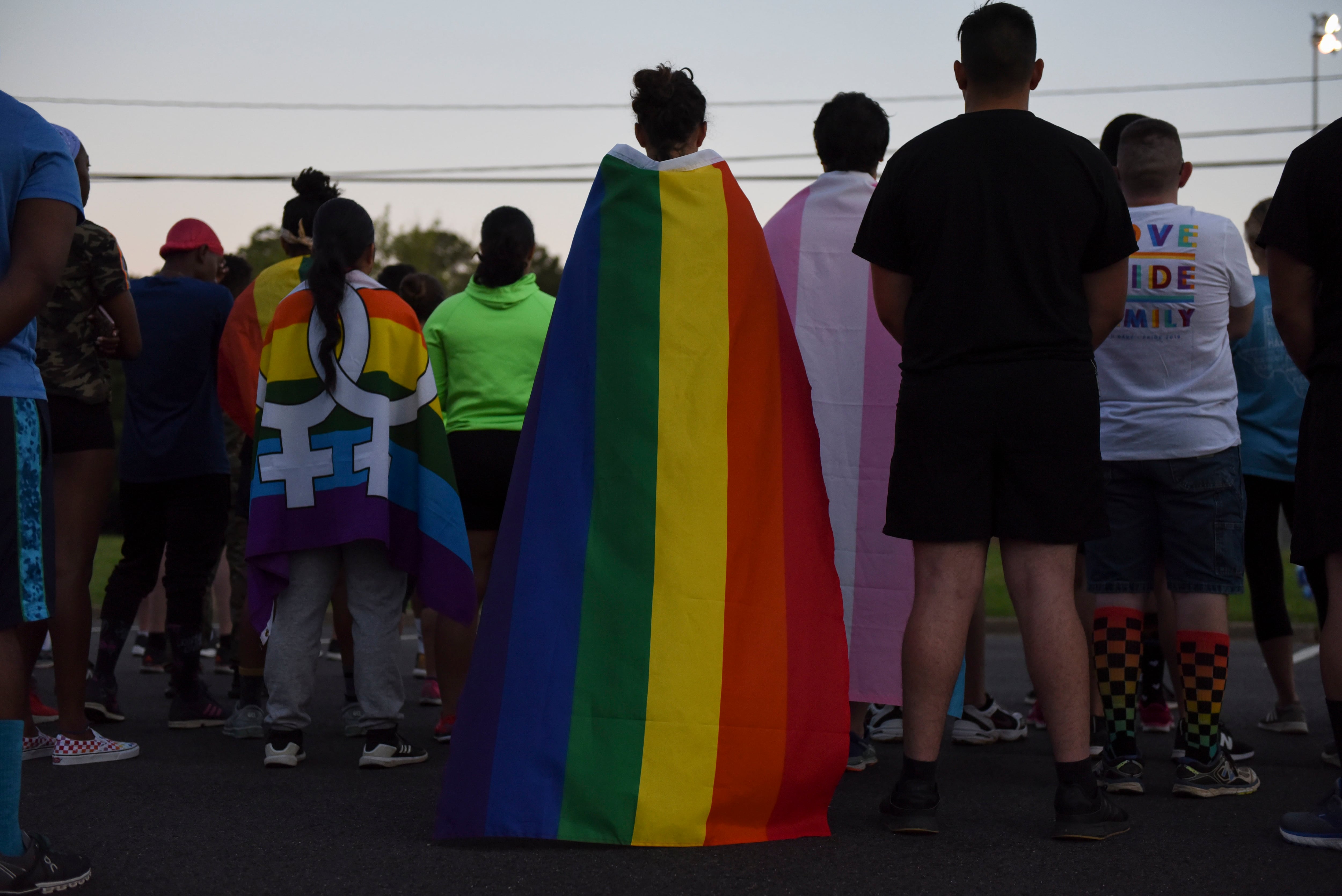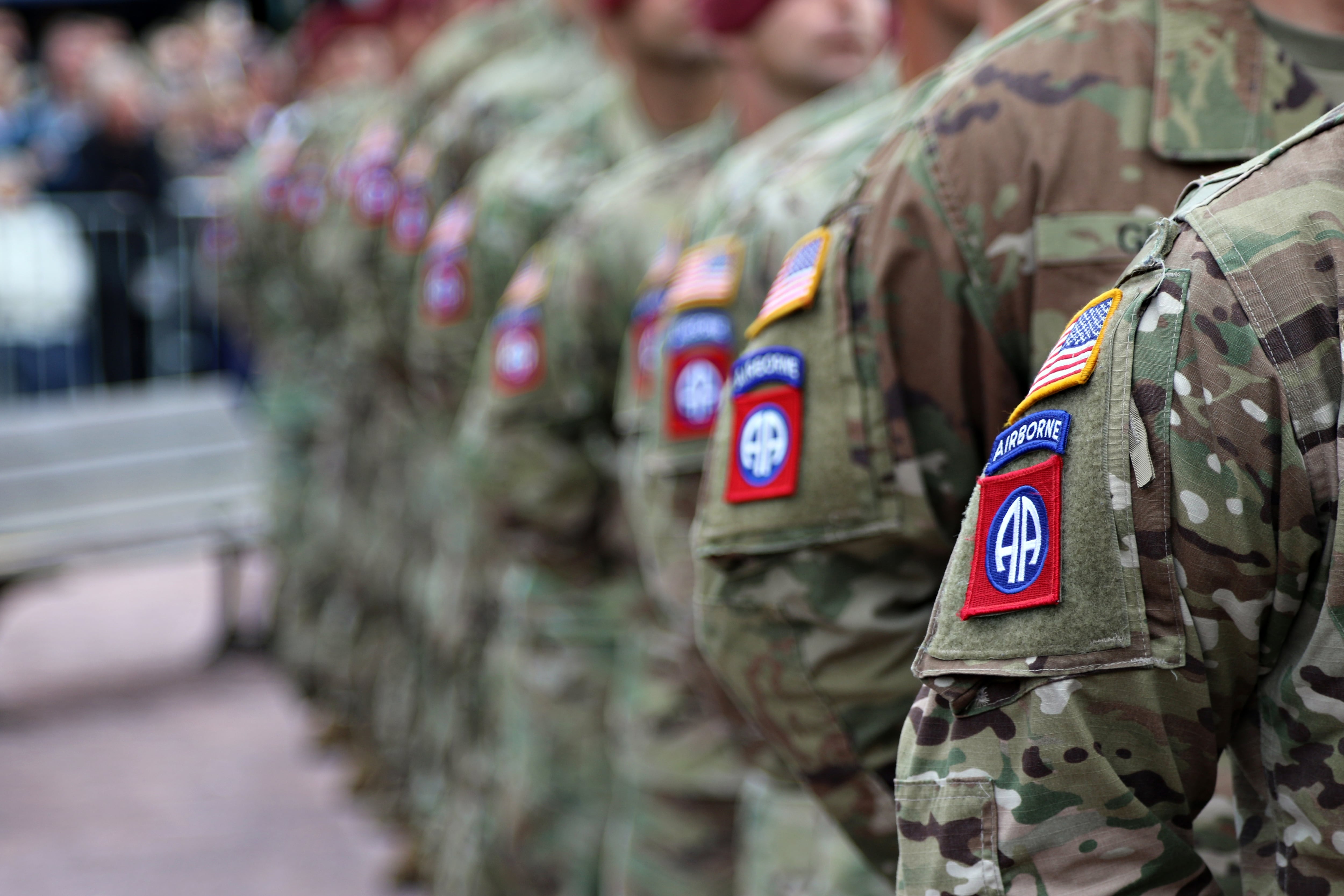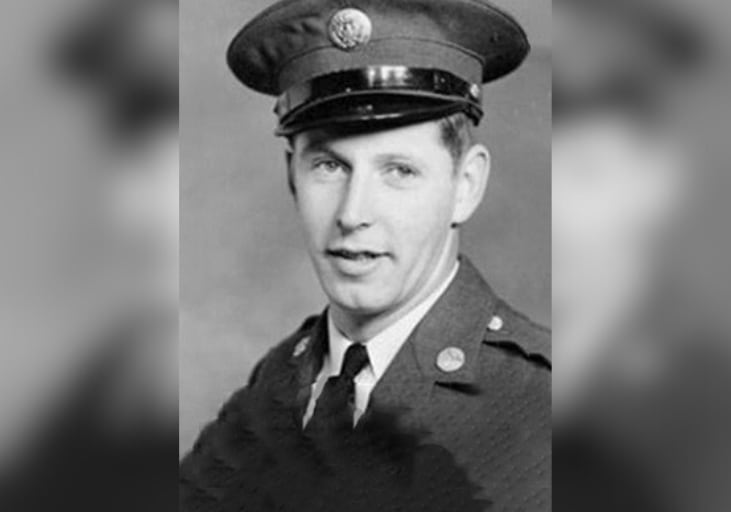When the Soviets left Afghanistan in 1989, the Afghans had hundreds of modern aircraft, but few remained by the time the U.S. invaded following the Sept. 11 attacks.
Those aircraft that were not destroyed in the Afghan civil war became unflyable due to a lack of parts, leaving inoperable hulks lining Afghanistan's runways, said Lester Grau, who has written about the Soviet war in Afghanistan.
Now the commander of the U.S. and NATO effort to train, equip and mentor the Afghan air force vows not to abandon Afghan pilots and maintainers as they slowly learn how to sustain their helicopters and planes.
"The Soviets in '89 essentially packed up and left," said Brig. Gen. Michael Rothstein, commander of Train, Advise, Assist Command — Air in Kabul. "The key to our strategy here is: While we may decrease the size of the uniformed support here, we understand that we can't just pack up and walk away."
Rothstein commands about 220 U.S. airmen and another 60 service members from allied nations, who train Afghan pilots, instructor pilots and maintainers. A key part of the mission is making sure the Afghans can sustain their aircraft, he said in an April 16 interview.
"Typically, our maintenance advisers, they're Air Force airmen, who might be, for example, advising an Afghan maintenance officer on how to manage their operation, whether that's aircraft inspection schedules or day-to-day business, or often to set up training programs for the Afghans," Rothstein said.
On the operational side, U.S. airmen are teaching Afghans to be C-130 loadmasters and other ways they can move people and cargo, he said. The Afghan maintainers are taught in English because translating technical manuals into Dari and Pashto has proven difficult.
"Those languages are not technical languages," Rothstein said. "From a technical manual of doing those sorts of things, too much gets lost in translation."
Preparing for fighting season
Right now, the U.S. and allied trainers are working to make sure the Afghan air force is ready for the upcoming fighting season, Rothstein said. Since last year, the Afghans have received more firepower.
"Last fighting season, they would have been able to put four to five armed helicopters into the fight — the Mi-35 helicopter, which is a Russian aircraft," he said. "This fighting season — we're not quite there yet today — but within the next month or two, we'll have probably 29 armed helicopters they can put in the fight."
While the Afghans have made strides in evacuating wounded troops and police officers since last year, it still takes them about four hours to fly their wounded to the hospital, Rothstein said.
"We talk about in the Western construct of this U.S. 'golden hour,'" Rothstein said. "They're not there, nor do I expect them to be there anytime soon. To be able to do that takes a tremendous amount of resources."
He added that the U.S. did not commit to making sure wounded troops were flown to hospitals within an hour until 2009, and the U.S. has more troops and resources than the Afghans.
"To try to compare them to this golden hour: That's a great Western standard for a rich country to be able to do, but that is not the reality here," Rothstein said. "It's an inappropriate comparison."
Still, the Afghan government has asked the U.S. to accelerate training programs for aeromedical evacuations after losing 4,636 members of the security forces in 2014. A top U.S. commander has called that casualty rate unsustainable.
When asked about the Afghan government's request, a spokesman for the U.S. mission in Afghanistan told Air Force Times that training aircrews and pilots takes time.
"We are committed to ensuring that the training is conducted in an appropriate time frame that produces both air and ground personnel who are proficient and fully qualified on the equipment they are responsible for operating and maintaining," Army Lt. Col. Christopher Belcher said in a March 26 email.
Creating a capable, sustainable air force takes longer than training ground forces, Rothstein said. While the Afghan air force has improved markedly, it still needs to mature in several areas.
"They are still a very young air force, in most respects," he said. "They need to continue to get better and train more pilots, more maintainers. They need to continue to improve some of their institutional processes, such as their ability to build and forecast budgets or manage personnel. Across the board, they need to improve, but they are getting better."
Contractor support
Supplementing the U.S. and NATO service members, about 300 contractors are supporting the mission by helping the Afghan air force with logistics and maintenance and teaching English to Afghan airmen, Rothstein said. The contractors play a key part in the U.S. strategy going forward.
President Obama recently agreed to keep nearly 10,000 U.S. troops in Afghanistan through the end of this year, but most U.S. troops are expected to leave the country by the end of 2016.
The Afghan air force will need help beyond 2016, so the U.S. plans for contractors do much of the maintenance and logistics work as the Afghans learn how to do it themselves over "several years," Rothstein said.
"We're gonna not pull out; we're gonna pull back over time at a measured clip, but we also understand the need that they need some contract logistics support — just like the United States Air Force does," he said.
For example, when the Afghan air force fields its first A-29 Super Tucano close-air support aircraft at the end of this year, the planes will need to be maintained by contractors until enough Afghan maintainers are trained, Rothstein said.
"We're not going to be able to just walk away and say, 'OK, Afghanistan, you're on own; good luck with the A-29,'" Rothstein said. "We're training maintainers. They're showing up at Moody Air Force Base [Georgia] about now, and we're going to start training them, but they'll be the first wave of folks and they'll still be pretty inexperienced."
While the drawdown is expected to be completed by 2017, the U.S. mission in Afghanistan will continue afterward, said Rothstein, who did not want to speculate on how many troops would remain to continue to help the Afghan air force.
"Even if the bulk of the mission ends at the end of next year, we will still have a security cooperation office here that will have ties in to the Afghan air force," he said. "It may not be as much uniformed [service members]; it may not be as big, but it needs to be there."





